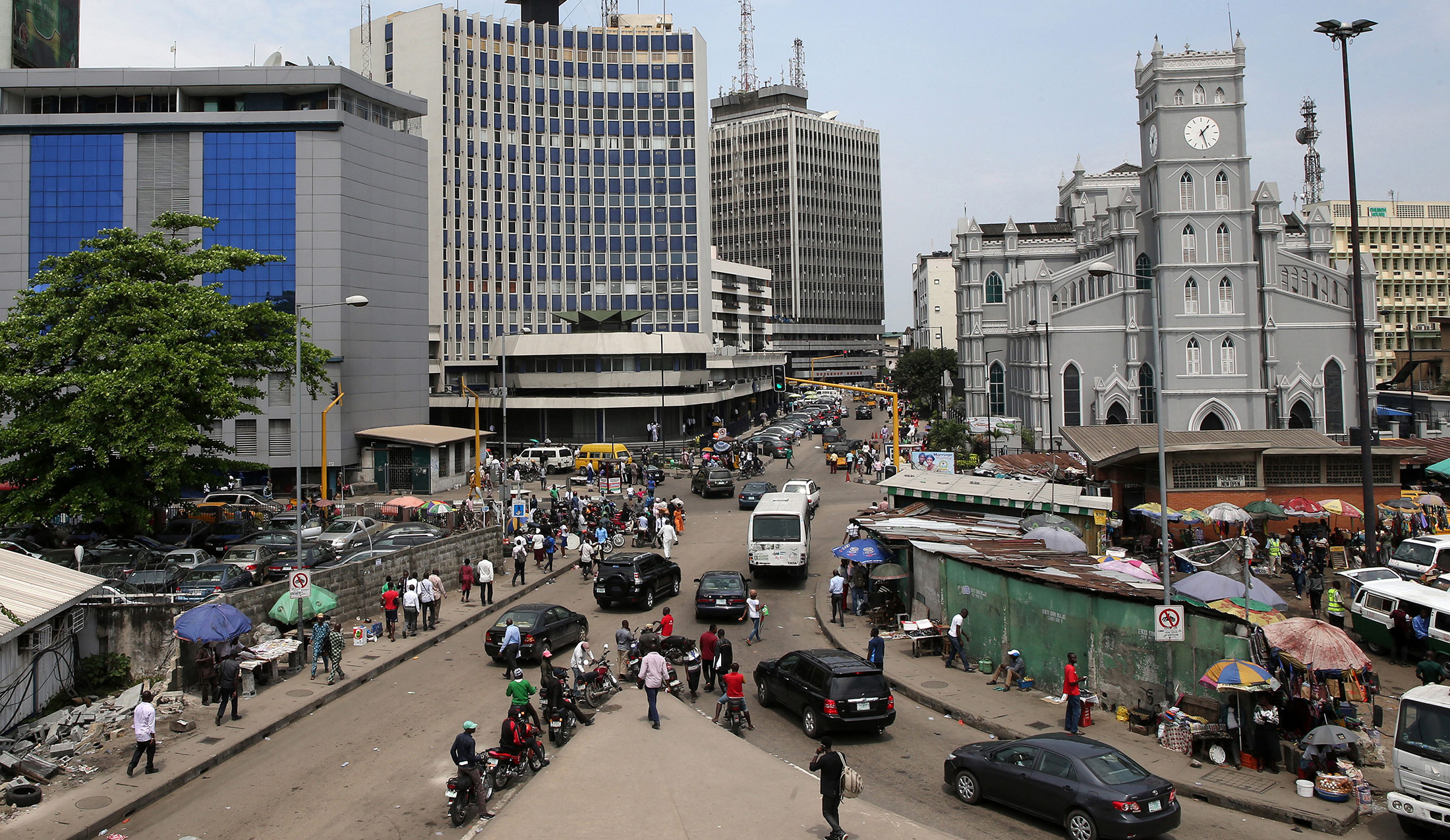Sub Saharan Africa is set to continue on a recovery path over the coming year underpinned by higher commodity prices, robust global growth and the lagged benefits of policy adjustment in earlier years. Growth is forecast to accelerate to 3.4% in 2018 from an estimated 2.6% in 2017.
This in turn should result in robust demand among global investors for high yielding SSA government debt, Qatar National Bank noted in its weekly ‘economic commentary’. Sub-Sahara Africa has been through a difficult economic adjustment over the last few years, weighed down by the decline in commodity prices that began in 2014, ThePeninsula reported.
Commodity exporters such as Nigeria (oil), South Africa (platinum, iron ore, coal) saw their exchange rates come under pressure, inflation rise and budget deficits widen. In response central banks tightened monetary policy, and growth in government spending slowed to address rising government budget deficits.
The GDP growth on the continent reached a low of 1.4% in 2016. The International Monetary Fund estimates that growth picked up to 2.6% in 2017 and is forecasting an acceleration to 3.4% in 2018.
According to QNB analysts, the ongoing economic recovery in 2018 reflects three main factors.
First, modest gains in commodity prices continue to underpin an improvement in export earnings, fiscal revenues and commodity production. Second, as inflation eases and exchange rates stabilize central banks in the region should have additional room to cut policy rates to support growth. Third, external demand is set to remain robust in 2018.
Global growth prospects remain solid and provide a solid backdrop for SSA exports. The IMF forecasts global growth to pickup to 3.7% in 2018 from 3.6% percent in 2017, which would be the strongest since 2011.
To a large extent the headline growth number for SSA will depend on developments in South Africa and Nigeria which together account for almost 50% of the continent’s GDP.
Nigerian oil production should rebound in 2018 driven by a better political and security environment in the Niger Delta region.
As a result of the main factors driving growth across the continent and country specific drivers in the largest SSA economies, the growth recovery should gather pace in 2018.


